What Will the Research Triangle’s Population Be in 10 Years?
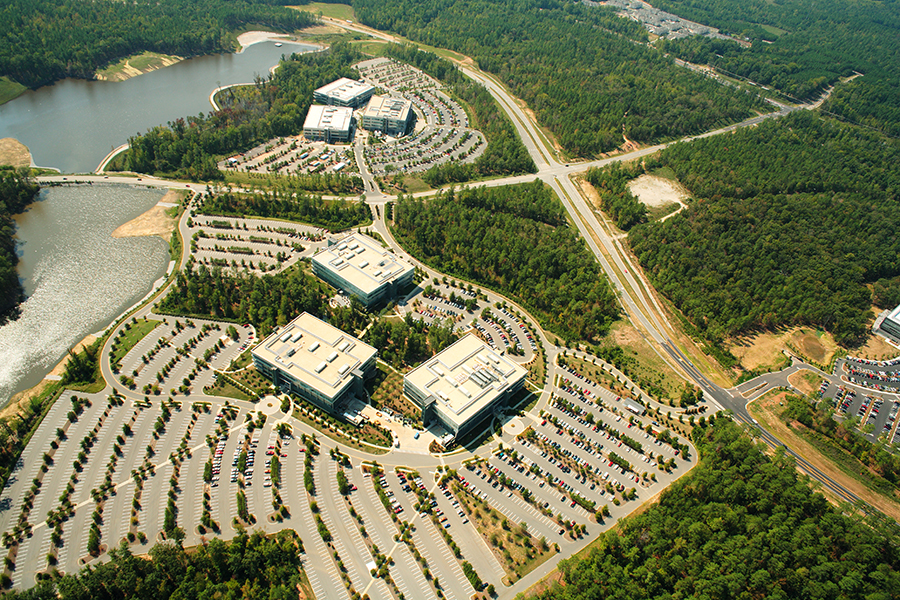
by John Egan
February 14, 2017
Ten years from now, the population of North Carolina’s Research Triangle is poised to more than eclipse the current population of the Charlotte, NC, metro area.
A new LawnStarter analysis of county-by-county projections from the North Carolina Office of State Budget and Management indicates the population of the 12-county Research Triangle region will be 2,636,162 in July 2027. By comparison, the July 2015 population of the Charlotte area was 2,426,363. At the same point in 2015, the population of Raleigh-Durham-Chapel Hill was 2,211,022.
Embed this graphic onto your site! (copy the code below)If our forecast pans out, the Research Triangle will see its population rise by 19.2 percent from 2015 to 2027. Put another way, the area will pick up about 425,000 more residents during that period -- just a bit shy of how many people currently live in the city of Raleigh
Based on our outlook, Johnston County will be the fastest-growing Triangle county from 2015 to 2027, at 27.3 percent. In second place will be Wake County (24.5 percent), followed by Chatham County (24.3 percent) and Durham County (19 percent).
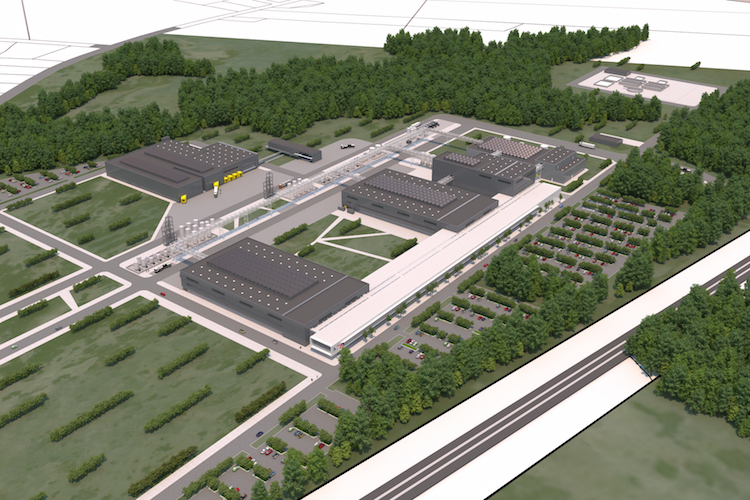
Novo Norodisk is undertaking a massive expansion in Johnston County, NC.
Photo: Novo Norodisk
All Roads Lead to Johnston County
Chris Johnson, economic development director for Johnston County, says his county is one of the fastest-growing counties in North Carolina and the U.S., thanks in part to its proximity to Raleigh and its access to I-95, I-40 and U.S. 70 (designated as a future interstate).
Given Johnston County’s location near Research Triangle Park, the county’s growth “will mirror the grown seen in Raleigh and Wake County,” Johnson says. In 2016, investment in residential and commercial development in Johnston County reached the pre-recession levels of 2007, he says.
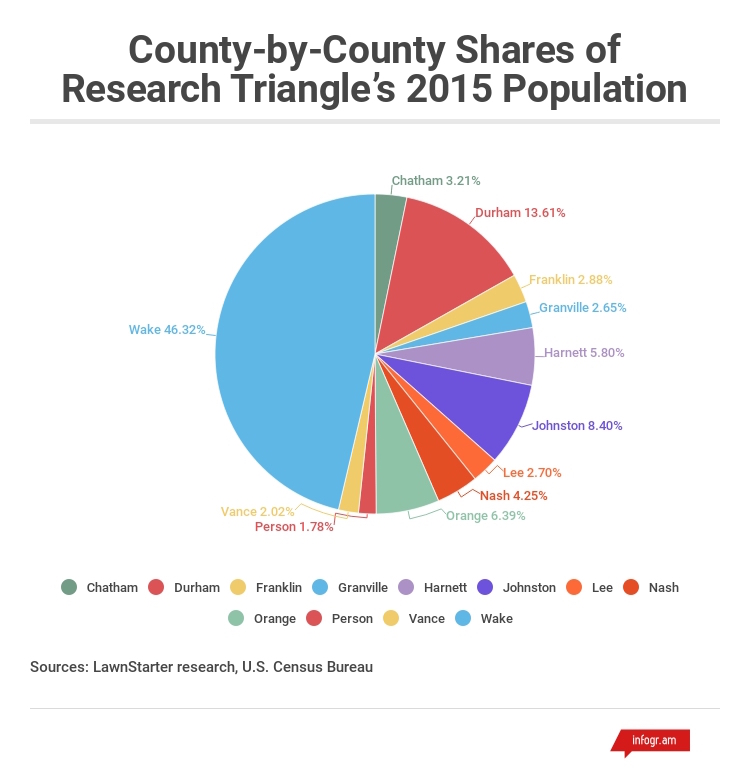
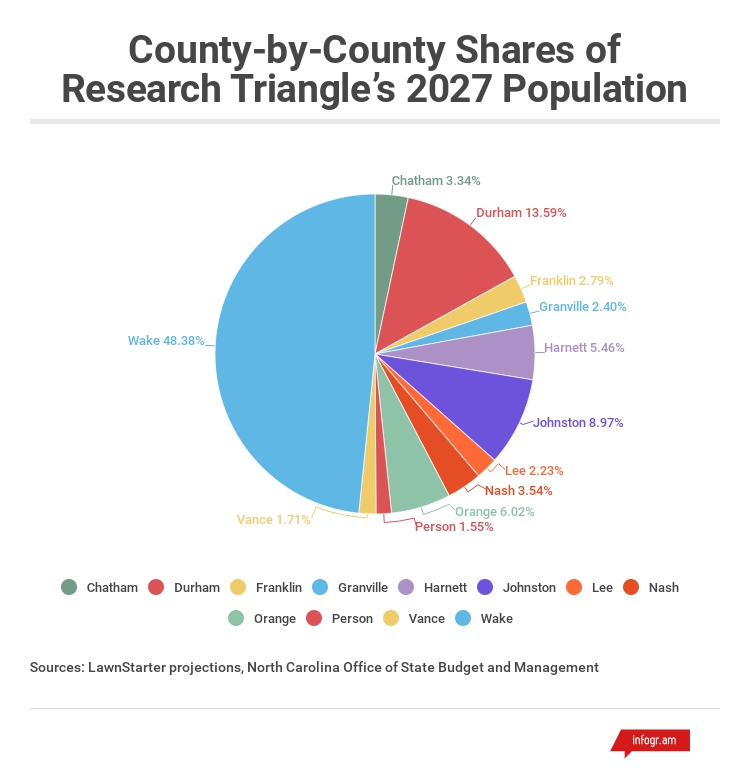
In 2015, the Brookings Institution noted that “exurban” counties like Johnston County are growing faster than “inner urban core” counties. Across the country, these exurban counties “lie on the peripheries of a slew of large urban areas,” Brookings says.
And while many people live in Johnston County but work in other counties, Johnson says his county’s business sector is expanding. In the past couple of years, pharmaceutical giants Novo Nordisk and Grifols Therapeutics unveiled $2.3 billion worth of projects in Johnston County, according to Johnson.
“Johnston County’s enviable economy is built on many assets and advantages. But primary among them is the fact that promising people find the amenities here that make this the ideal home,” Johnson wrote in Treasure magazine.
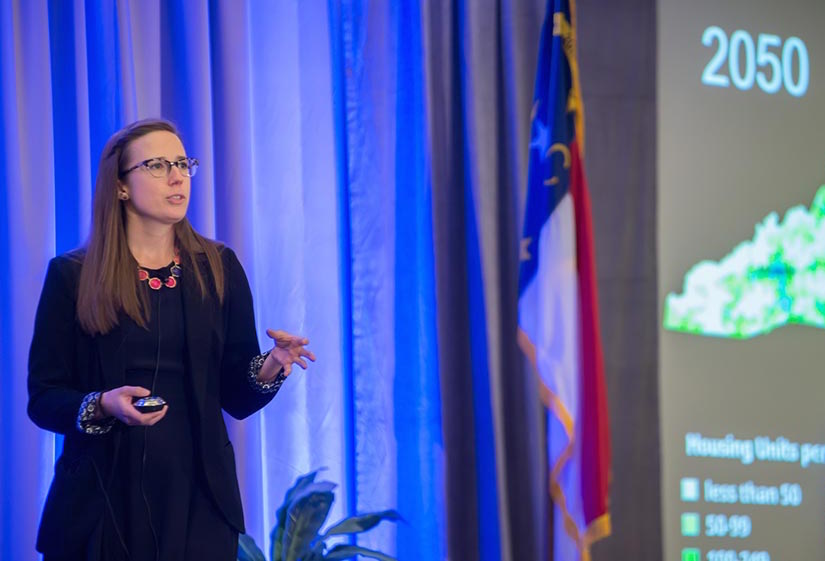
Rebecca Tippett is director of Carolina demography at the Carolina Population Center.
Photo: Carolina Country
‘Strong’ Growth in the Triangle
Rebecca Tippett, director of Carolina demography at the Carolina Population Center, says population growth in Johnston County and the rest of the Research Triangle -- a region that marries the statistically separate Raleigh and Durham-Chapel Hill metro areas -- is being fueled a lot by people relocating to the region for school, jobs and retirement. Most of the new arrivals are young parents or would-be parents, she says, meaning the population also is increasing because births are outpacing deaths.
Tippett notes that while Johnston County’s projected growth rate is slightly higher than Wake County’s, the much-bigger Wake County will be adding thousands and thousands more people. “As counties get larger, we expect growth rate to decline, as otherwise you get unrealistic, exponential growth,” she says.
One of the region’s big draws is the presence of three top-tier universities -- Duke University (Durham), North Carolina State University (Raleigh) and the University of North Carolina (Chapel Hill). Capitalizing on all of that brainpower is the 7,000-acre Research Triangle Park, home to more than 200 companies employing over 46,000 workers in biotech, information technology and related sectors.
“The Research Triangle’s growth has been strong and will likely remain strong for the foreseeable future,” Tippett says. “North Carolina is projected to gain 2 million new residents over the next 20 years; more than one-third of this growth is projected to occur in the Research Triangle region alone.”
Top Photo: Research Triangle Park
Related Posts
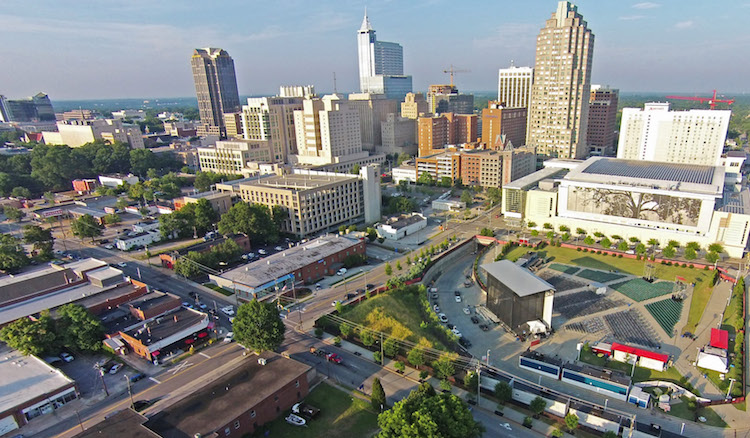
Is Raleigh One of the Safest Major Metros in the U.S.?

The Top 16 Metro Areas for Working From Home
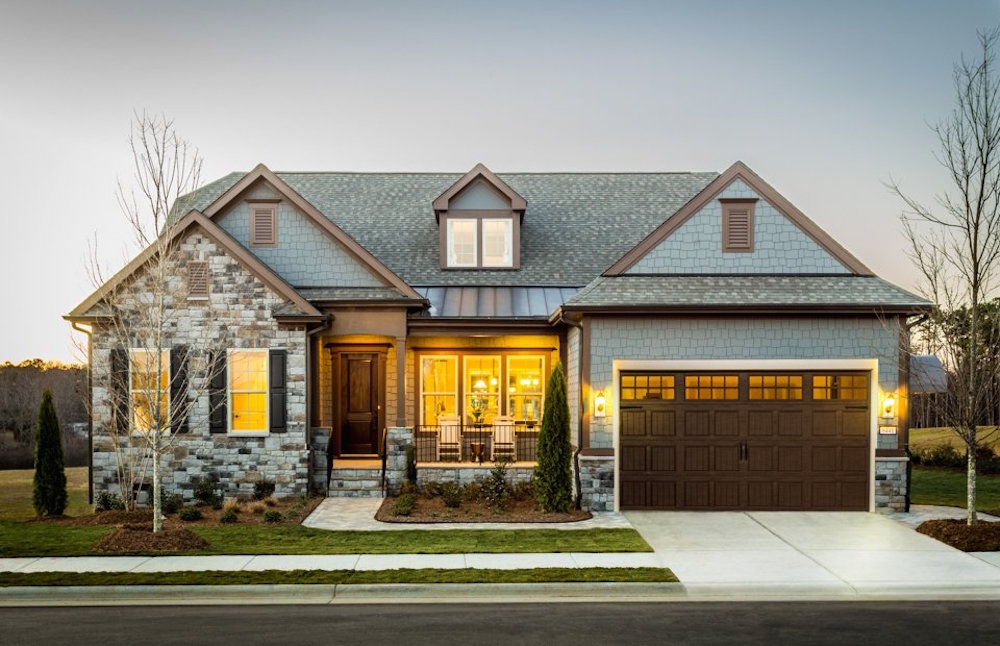
The 12 Hottest Homebuilding Markets of 2016
LawnStarter is Raleigh's most convenient lawn care service
Easy 5 minute booking
Raleigh's top-rated lawn pros
Online account management